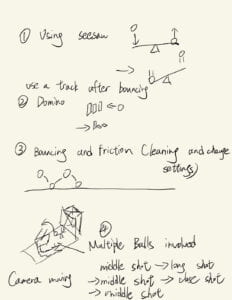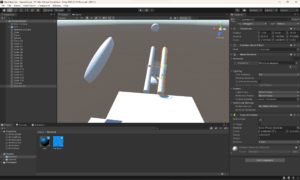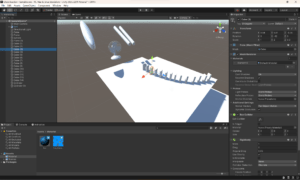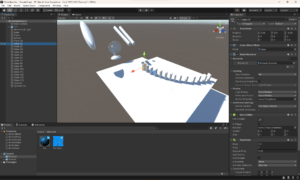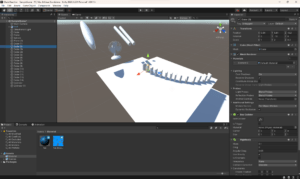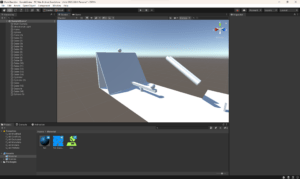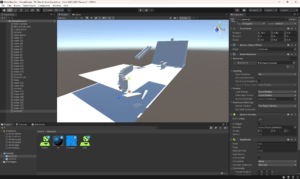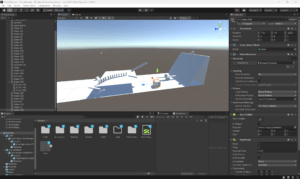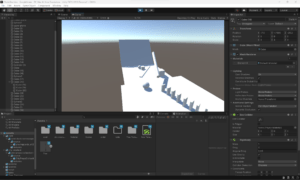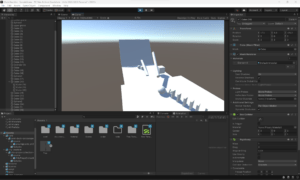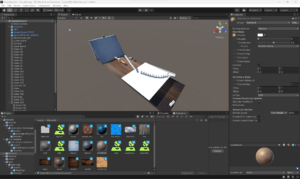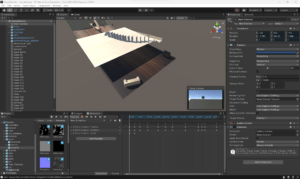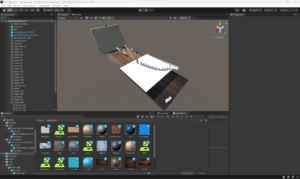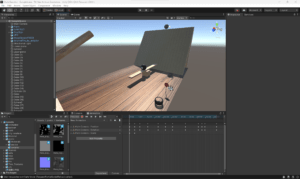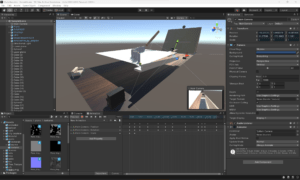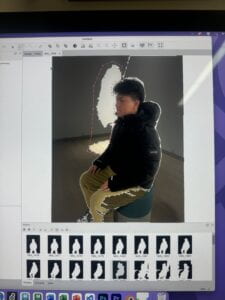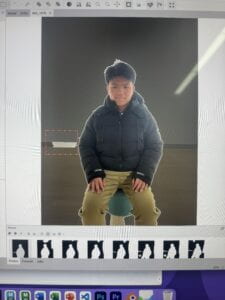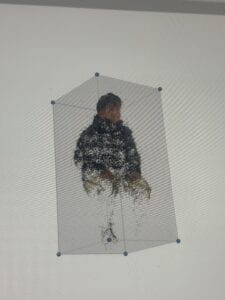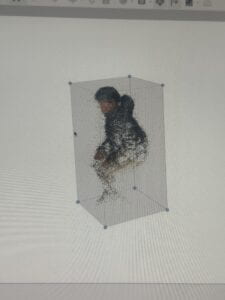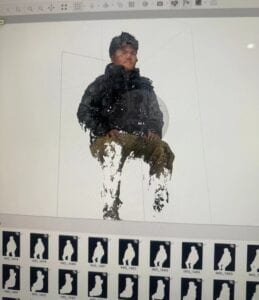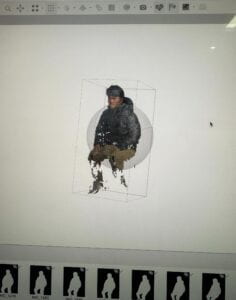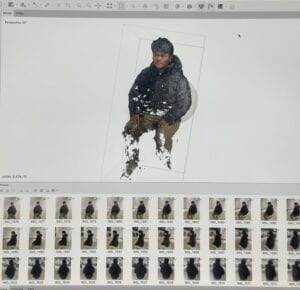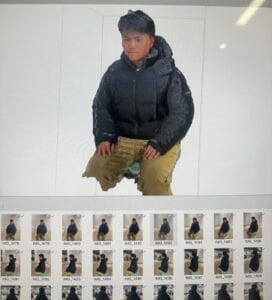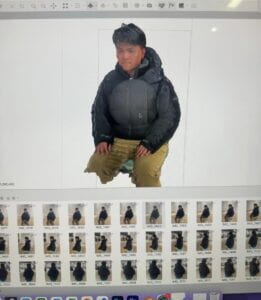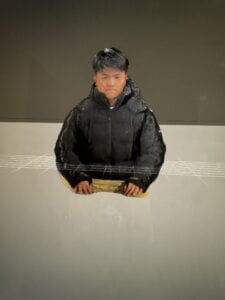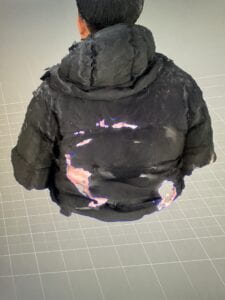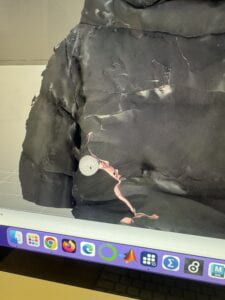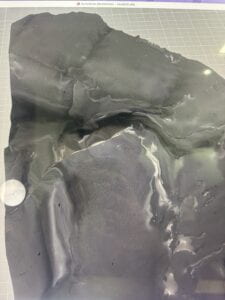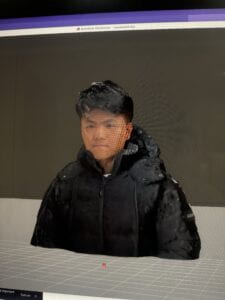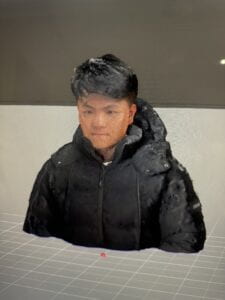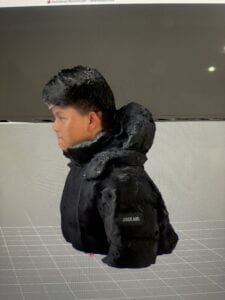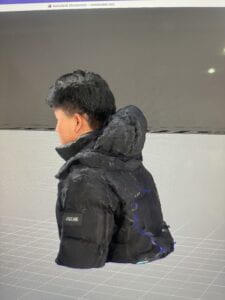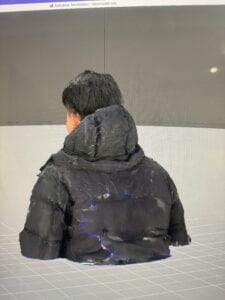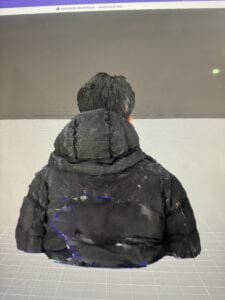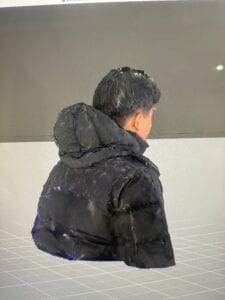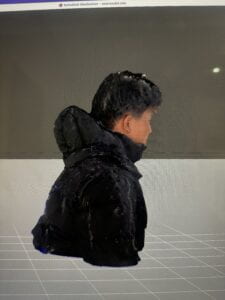In the article, Edward Wachtel argues that even though prehistoric human creations have been generally presented as still images, other conditions, including tools and techniques, irregular cave surfaces, and lamps, make cinematic images (precursors to film and television).
There are different ways to deal with time and motion in painting. One main approach is to exclude time completely from the image, which is called linear perspective. Another significant way is to change the light, thus letting the time enter into vision and form changes in colors and outlines. This is also related to our visual experience because it always includes the time it takes to scan, rotate, and move around it.
For the similarity between cave painting and cinema, the first thing I noticed is that they are both depicted in dark surroundings, and they both require light sources to be seen by viewers. Another main similarity is that time and space are both inextricably connected. The integration of time into the viewing experience helps form a cinematic experience.
However, there are still many differences between cave painting and cinema. Even though they are both set in a fixed space, cave painting are often painted on irregular surfaces, thus adding more changes in one image as the viewers move their perspectives and focuse, not to mention the effect of light and shadow in the cave. What’s more, viewers are the ones who move and the cave painting is correspondingly “moving”. But for cinema, the viewers just keep sitting on the chair and the movements are only demonstrated on the screen. From my understanding, in this sense, the viewing experience of cave painting is actually more flexible than the viewing experience of cinema.
The second main difference is that superimpostition is another common feature in cave painting while transitions of frames happens more in cinema. Cave painters prefer to do superimposition to achieve the effect that some objects appear and then disappear. What’s special about superimposition is that time and space also join the conversation: time refers to different art creatures co-exist and across the border of time; space means that creating things in a fixed space and keep creating layers on layers add more sense of depth. For cinema, time and space are all connected with the transitions of frames.
I would like to put the last comparison at the end of my post, because I’m still not sure whether it should belong to the catecory of similarity or difference. In the article, it mentions that “the superimposed spaghetti engravings help to create a visual effect that is similar to the hunter’s experience… prehistoric people were concerned with these creatures as sources of food, clothing and, sometimes, danger”. It seems that the contents and themes of cave painting are closely related to the hunting culture, which is quite different from modern life. But I’m also reminded of the sentence “Art imitates life”, and the contents of cinema also comes from life and imaginations, so it might also be a similarity.
